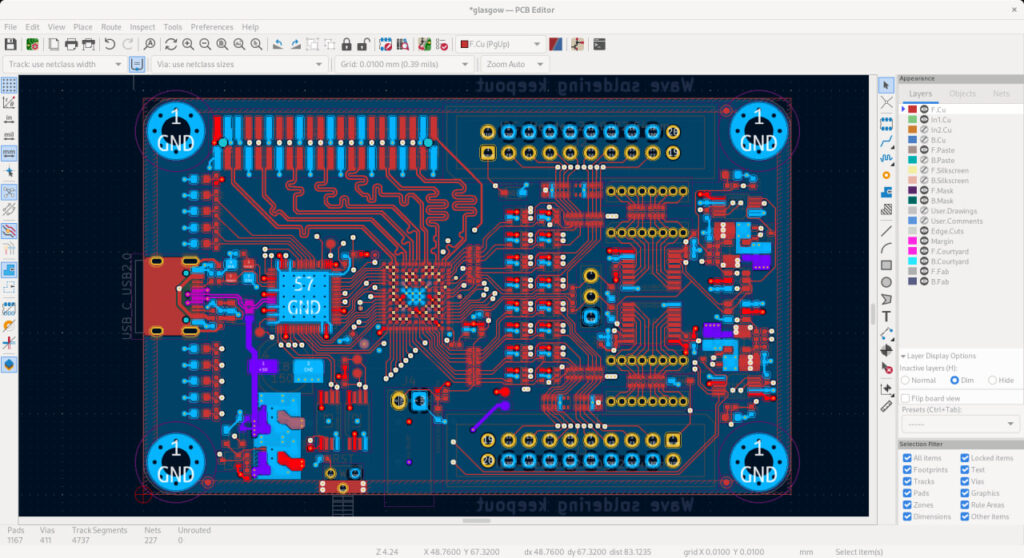EDA tools for classrooms play a pivotal role in modern engineering education. These tools provide students with the necessary resources to design, simulate, and analyze electronic circuits, bridging the gap between theory and practice. By incorporating EDA tools into the curriculum, educators can create a more engaging and interactive learning environment that prepares students for the challenges of the engineering profession.
One of the primary benefits of using EDA tools for classrooms is the ability to create professional schematics and layouts. These tools offer advanced features that allow students to design complex circuits with precision and accuracy. This hands-on experience is crucial for developing the skills needed to succeed in the engineering field. Additionally, EDA tools often include simulation capabilities, enabling students to test their designs virtually before moving on to physical prototyping.
Another advantage of EDA tools is their ability to facilitate collaborative learning. Many of these tools support team-based projects, allowing students to work together on design tasks. This collaborative approach not only enhances the learning experience but also helps students develop essential teamwork and communication skills. By using EDA tools for classrooms, educators can foster a collaborative learning environment that mirrors the real-world engineering workplace.
Moreover, EDA tools are often integrated with other engineering design software and tools for electronics labs, providing a comprehensive learning experience. This integration allows students to seamlessly transition between different stages of the design process, from initial concept to final prototype. By using EDA tools, students can gain a holistic understanding of the engineering design process, preparing them for successful careers in the field.

